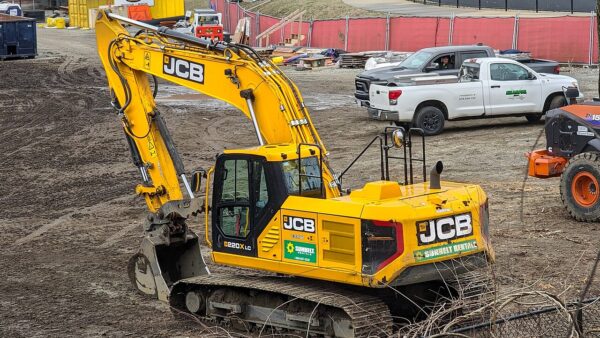There was concern in Nairobi this week after China would not commit to funding a major section of Kenya’s cross-country standard gauge railway (SGR), signalling that it is taking a harder look at its spending on African infrastructure as countries on the continent grapple with rising debt.
At issue is the 267km third phase of the SGR planned eventually to run from the busy port of Mombasa all the way inland to landlocked Uganda, to tap into that country’s pent-up demand for export capacity.
Kenyan President Uhuru Kenyatta went to Beijing requesting that China give half the $3.8bn needed to build the phase as a grant, as opposed to a loan, but China’s President Xi Xinping deferred making that decision until a commercial viability study is done on the whole line, say reports.
Confident that China would agree, Kenyatta and his team had even brought a contract for the two parties to sign during the 7th Forum on China-Africa Cooperation summit in Beijing earlier this week, but Kenyatta returned without a deal.
According to reports, China may be weighing the effect of a competing railway under construction in Tanzania, which would also stretch from the east African coast at Dar es Salaam inland to Uganda and other countries.
The third SGR phase in Kenya runs from the town of Naivasha northwest to Kisumu on the shore of Lake Victoria. A fourth phase is planned to extend the SGR north from Kisumu to Malaba, on the Ugandan border.
In 2016, state-owned giant China Communications Construction Company (CCCC) was awarded contracts to build all phases, plus a new port at Kisumu.
CCCC completed the first phase from Mombasa to Nairobi in May last year to national jubilation.
The second phase, from Nairobi to Naivasha, is nearing completion.
The SGR is seen by Kenya and China as essential to boosting exports from inland Kenya and its landlocked neighbours including Uganda and Rwanda.
China has financed the first two phases, but its caution now will raise some concern over the scheme.
Kenya’s transport cabinet secretary, James Macharia, said that China was holding out for a feasibility study on the entire SGR.
“All documents are ready. However, when we engaged the Chinese government, it was agreed that they do support it, but we need to complete the feasibility study, not just for Naivasha to Kisumu but also all the way from Mombasa to Kisumu so that we can establish its commercial viability,” Macharia told a press briefing in Beijing on 4 September, reports newspaper, The Standard.
According to the Standard, for the SGR to make business sense, the SGR must reach Uganda to capture its haulage market before a planned SGR from Tanzania through Rwanda reaches it.
In anticipation of that, Uganda is planning to revamp its old metre-gauge railway in light of possible delays to the Kenyan SGR line, the Standard reported.
Macharia, however, expressed confidence that China would open its purse strings, even this month, because the 480km Nairobi-Mombasa line had proved so successful.
On that line, four passenger trains and 18 cargo trains run daily, boosting commerce and tourism, CCCC’s Kenyan SGR headquarters boasted this week on its Facebook page, citing a Xinhua article.
“We are very happy because those projections have been done,” the cabinet secretary said. “It is not like we are [merely] estimating the kind of revenues that will be generated. Already, we know how many trains are running.”
Kenya will be hoping China agrees to its request of a $190m gift for the Naivasha-Kisumu line, because its debt levels have been rising. Its ratio of debt-to-GDP climbed steadily from 38.2% in 2012 to 57.1% last year, according to Trading Economics.
Image: The Nairobi Terminus of Kenya’s standard gauge railway to Mombasa, which started operating in May 2017 (CCCC)
Further reading:










